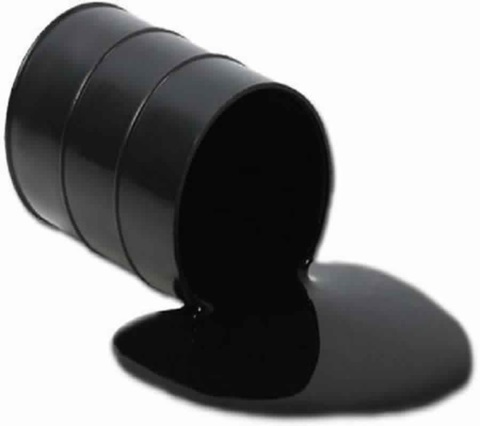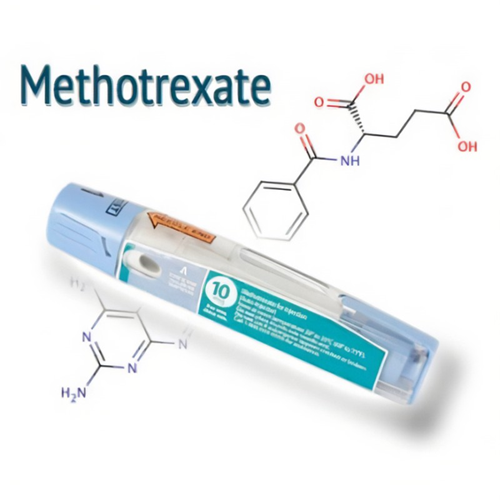Uses and Hazards of Bitumen
Bitumen is a primary engineering material, functioning as a binder in road construction and as a weatherproofing membrane in roofing and structural applications. Its thermoplastic nature, its water resistance, and its adhesion toward most other substances make it unique as a building material.

On a volume basis, it nearly equals that oflumberusedintheUnitedStatesandsurpasses that of either steel or Portland cement. Almost every home, building, or traffic area uses bitumen in some form or other. This attests to its reasonable cost and versatile nature.
Uses
Bitumen serves primarily as a binder in asphalt compacted mixes, which in turn are widely used in many types of road, street, runway, revetment, and parking area applications. Asphalt hot mixes are typically prepared either by batch mixing plants or by continuous-flow drum mixing plants.
This involves the selection and grading of mineral aggregates, passing them through a heated drum mixer during which the bitumen binder is added in controlled amounts. Mixing is carried out at about 150-160℃, after which the hot mix is transported to road sites, where it is placed and compacted on prepared bases. Traffic loads and their volumes influence the road design, that is, the thickness and type of construction used. Over 90 % of all traffic-carrying areas today are constructed with asphalt mixes.
Hazards
Asphalt fumes are flammable when hot and may contain hydrogen sulfide and human carcinogens, such as benzo(a)pyrene and dibenzo (a,h)anthracene. Fumes generated during the production or application of asphalt (a dark-brown to black cement-like substance manufactured by the vacuum distillation of crude petroleum oil).
Combustible when exposed to heat or flame. To fight the fire, use foam, CO2, or dry chemicals.


